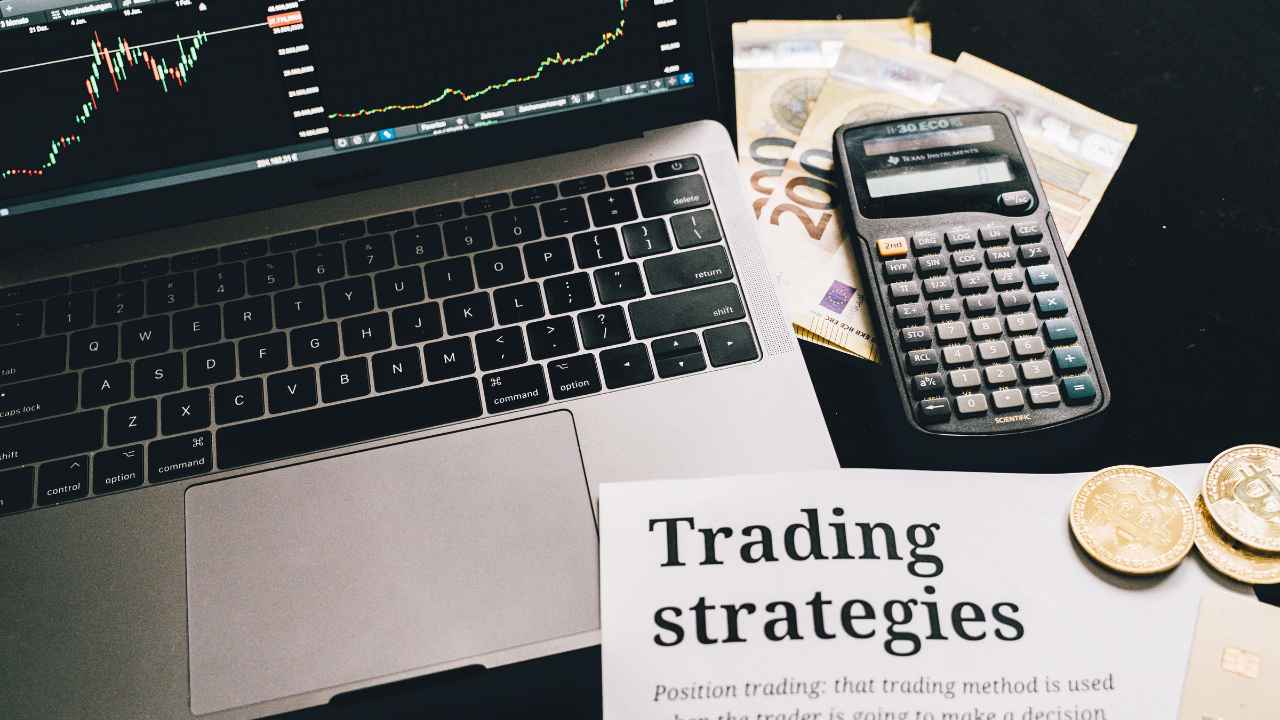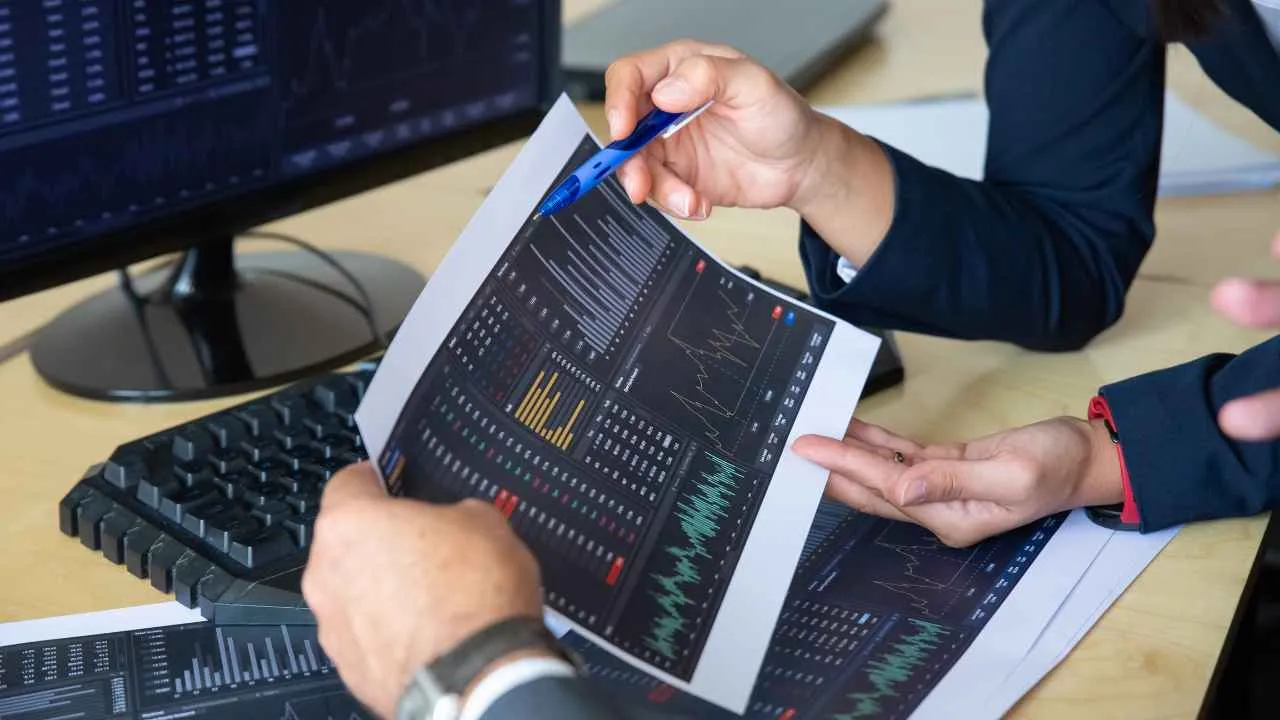Tuesday Apr 9 2024 06:04

9 min

Moving averages are widely used by traders to identify trends, determine entry and exit points, and make informed trading decisions.
In this article, I will delve into the psychology behind effective trading techniques using moving averages.
By understanding the underlying psychological factors, we can harness the full potential of moving average strategies and enhance our trading performance.
Before we dive into the intricacies of moving average strategies, it is crucial to understand the psychology of trading. Emotions play a significant role in our decision-making process, and they can often cloud our judgment. Greed and fear are two primary emotions that impact our trading decisions.
When the market is bullish, greed can drive us to hold onto winning trades for too long, while fear can make us exit profitable trades prematurely. By recognising and managing these emotions, we can make more rational and objective trading decisions.
Moving averages act as a powerful tool in trading because they help smooth out price fluctuations and provide a clear picture of market trends. They are calculated by averaging a specified number of past prices, creating a line on the chart that represents the average price over a given period.
Moving averages are commonly used to identify support and resistance levels, confirm trend reversals, and generate buy or sell signals. By analysing the interaction between different moving averages, traders can gain valuable insights into the market sentiment and make informed trading decisions.
There are several types of moving averages that traders commonly use, each with its own advantages and drawbacks.
The simple moving average (SMA) is the most basic type, calculated by summing up the closing prices over a specified period and dividing it by the number of periods.
Exponential moving averages (EMA) give more weight to recent prices, making them more responsive to the latest market developments.
Weighted moving averages (WMA) assign varying weights to different periods, giving more importance to recent data points.
Traders can choose the type of moving average that best suits their trading style and objectives.

Calculating moving averages is relatively straightforward. To calculate a simple moving average, sum up the closing prices over a specified period and divide it by the number of periods.
For example, to calculate a 20-day simple moving average, add up the closing prices of the last 20 days and divide it by 20. Interpreting moving averages involves looking for crossovers between different moving averages, as well as their relationship with the price chart.
When a shorter-term moving average crosses above a longer-term moving average, it is considered a bullish signal, indicating a potential upward trend.
Conversely, when a shorter-term moving average crosses below a longer-term moving average, it is seen as a bearish signal, suggesting a potential downward trend.
Moving averages can be used in various trading strategies, depending on the trader's goals and risk tolerance. One popular strategy is the moving average crossover, where traders look for crossovers between a short-term moving average and a long-term moving average.
When the short-term moving average crosses above the long-term moving average, it generates a buy signal, and when it crosses below, it generates a sell signal. Another strategy is the moving average bounce, where traders take advantage of price retracements to enter trades in the direction of the overall trend.
By combining moving averages with other technical indicators, traders can develop robust trading strategies that increase their chances of success.
Backtesting is a crucial step in evaluating the effectiveness of moving average strategies. It involves applying the strategy to historical price data and assessing its performance over a specified period. By backtesting, traders can identify the strengths and weaknesses of their strategy and make necessary adjustments to optimise its performance.
It is important to note that past performance does not guarantee future results, but backtesting provides valuable insights into the potential profitability of a trading strategy. Traders should also consider factors such as transaction costs, slippage, and market conditions when backtesting their moving average strategies.

While moving averages can be powerful tools in trading, there are also common challenges and pitfalls that traders should be aware of. One challenge is the lagging nature of moving averages, which means they may not provide timely signals during fast-moving markets or volatile conditions.
Additionally, moving averages may generate false signals during periods of market consolidation or choppy price action. Traders should be cautious and use additional technical analysis tools to confirm signals generated by moving averages. It is also important to consider the time frame and the market being traded, as moving averages may perform differently in different markets and time frames.
The success of moving average strategies depends not only on technical analysis but also on the psychological factors that influence our trading decisions. Patience, discipline, and emotional control are key psychological traits that traders need to develop. Patience allows us to wait for the right setups and avoid impulsive trades.
Discipline helps us stick to our trading plan and avoid chasing after trades that do not meet our criteria. Emotional control enables us to make objective decisions based on our analysis rather than being swayed by fear or greed. By cultivating these psychological factors, we can effectively implement moving average strategies and possibly achieve more favourable outcomes in our trading.
Moving average strategies offer a powerful tool for traders to analyse market trends and make informed trading decisions. By understanding the psychology of trading and the factors that influence moving average strategies, we can possibly enhance our trading performance.
It is important to choose the right type of moving average, calculate and interpret them correctly, and develop robust trading strategies based on sound technical analysis.
Backtesting and optimising moving average strategies while considering common challenges and pitfalls can further improve our trading results. By harnessing the power of moving averages and incorporating the right psychological mindset, we can unlock the full potential of these strategies and become more informed traders.
Become a member of markets.com and access a cutting-edge trading platform!
“When considering “CFDs” for trading and price predictions, remember that trading CFDs involves a significant risk and could result in capital loss. Past performance is not indicative of any future results. This information is provided for informative purposes only and should not be considered investment advice.”